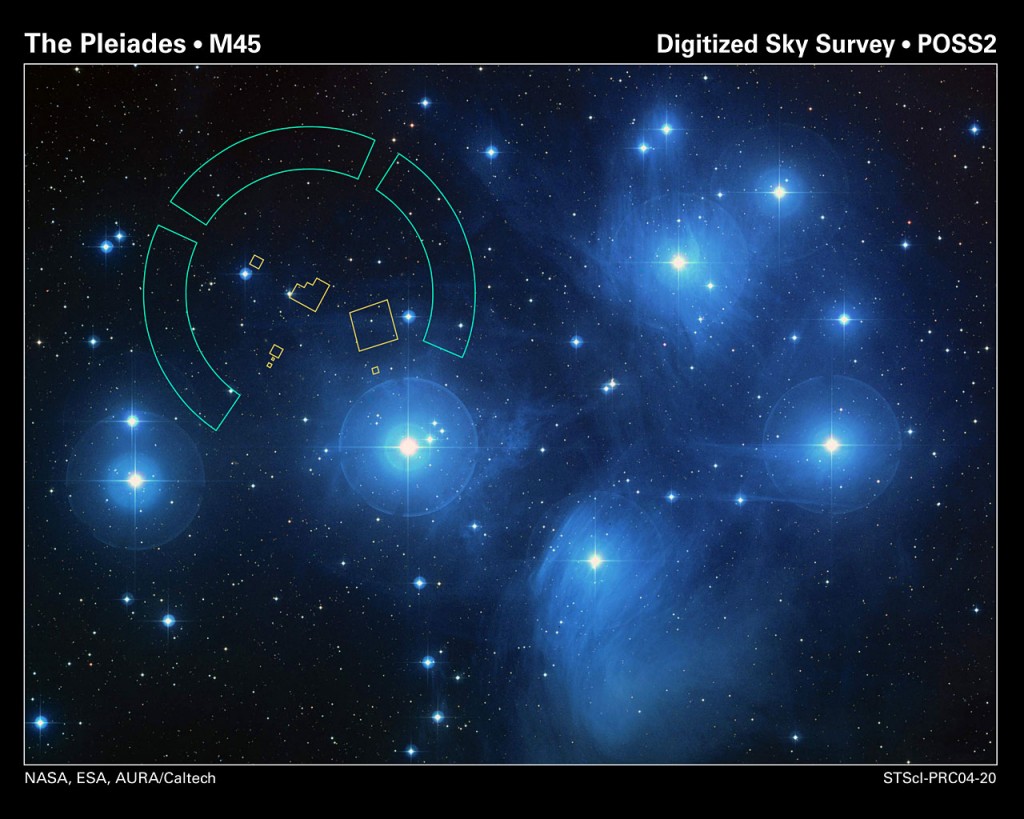We use constellations with signs of the zodiac or animals, because these are convenient easy ways of helping to remember where particular stars are. We name the constellations for the shapes their stars make when joined up. Cygnus is in the shape of a swan with wings outstretched, and Scorpius is shaped like a scorpion. Sometimes a shape will be part of a constellation, such as the seven bright stars in Ursa Major that form the saucepan and handle of the Big Dipper.
Category: Getting Started
Some Important Astronomical Words You Should Know
As distances in space are well, astronomical, we can’t use measurements that we use here on Earth, such miles or kilometers. The Sun is 93 million miles away from the Earth, so that particular measure isn’t going to get us far. Also because space is three-dimensional, two-dimensional measurements aren’t really suitable. This is why we use angular measure, with degrees of angles.
Starting Out as an Amateur Astronomer
 So you’ve bought your telescope or binoculars and you know how it works. You’ve done a bit reading on the subject of astronomy. It’s time to get out and do a bit of observing! But where to start? You have read about all those planets and stars out there, but how do know which are visible tonight? Although you may read about the subject it’s hard to get an understanding of the night sky without actually looking at it. And the problem is it’s changing all the time, with each passing hour and day. The sky at 8pm tomorrow will look slightly different from the same time tonight. Most star charts are no more than monthly, which can make it difficult for the astronomer starting out.
So you’ve bought your telescope or binoculars and you know how it works. You’ve done a bit reading on the subject of astronomy. It’s time to get out and do a bit of observing! But where to start? You have read about all those planets and stars out there, but how do know which are visible tonight? Although you may read about the subject it’s hard to get an understanding of the night sky without actually looking at it. And the problem is it’s changing all the time, with each passing hour and day. The sky at 8pm tomorrow will look slightly different from the same time tonight. Most star charts are no more than monthly, which can make it difficult for the astronomer starting out.
Buying a Telescope
When buying a telescope the first thing you need to do is to work out what type and size of telescope you’re going to buy. Always try telescopes before you buy, and don’t let sales staff push you into a poor or overly expensive sale. Check with your local astronomy club, which can give invaluable advice about what to buy according to your circumstances. You need to give them information about where you live, what you want to observe, and your budget. You should join the club, participate in stargazing sessions, and try to be actively involved in the setup of telescopes. If you can’t find a club, a local planetarium may be able to assist. A club can also advise on reputable dealers. Always buy from specialist telescope dealers, never from department stores or online. A reputable dealer will always ask questions about how much expertise you have and your astronomical interests.
Binocular Observing
 When you think of amateur astronomy or stargazing you automatically think that you will need to buy a telescope. But this isn’t necessarily true. A good quality telescope is expensive and can be hard to use effectively, especially if you’re the type of person who has trouble keeping your hands steady. You can use a stand but that’s more expense.
When you think of amateur astronomy or stargazing you automatically think that you will need to buy a telescope. But this isn’t necessarily true. A good quality telescope is expensive and can be hard to use effectively, especially if you’re the type of person who has trouble keeping your hands steady. You can use a stand but that’s more expense.
Kids especially have trouble with large, bulky telescopes. Forget about cheap telescopes, as these tend to produce dim images and false colors.
Amateur Astronomy on a Budget
Amateur astronomy can be an expensive business, especially if you want a really good quality telescope. Some, such as the Ritchey-Chrétien can be cost in the range of $2000-$6000 dollars. Even some refractors can be over $1000.Yet it needn’t cost you that much – you can pick up a new telescope for less than $200 from reputable dealers. But before buying any telescope you need to make sure it will do the job – especially for amateur astronomy, which is much more demanding than any terrestrial observation.




